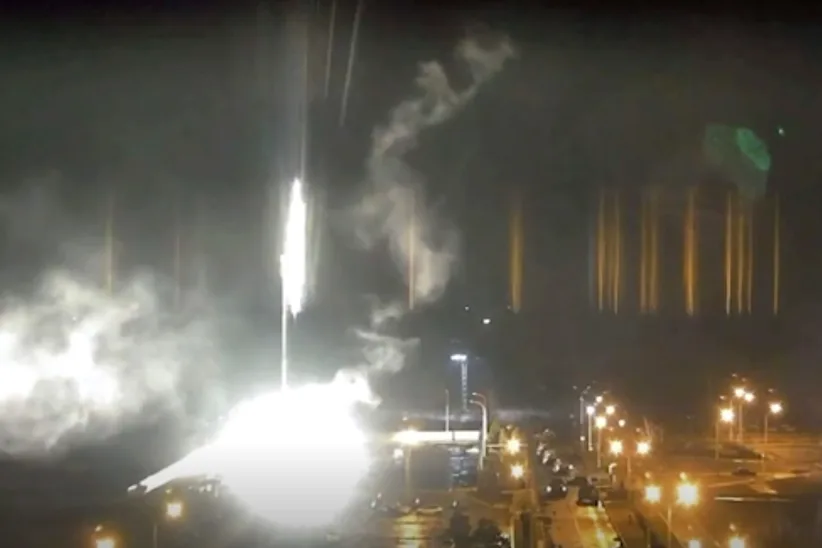Ukraine and the nuclear temperature
BLOGPOST: The tragedy of the Russian invasion of Ukraine and the suffering of Ukrainian civilians faced with the siege tactics of Russian ground and air forces has also served to raise the nuclear temperature.

By: Stuart Casey-Maslen, Honorary Professor, Centre for Human Rights, University of Pretoria –++ banmonitor.org
Thus far, the conflict has seen Russia implicitly threaten use of nuclear weapons against the West, with President Vladimir Putin warning of “consequences never seen before”. Following an order from the Russian President, the state of alertness of Russia’s nuclear forces was heightened. In response to Putin’s sabre-rattling, Jean-Yves Le Drian, the French Minister for Europe and Foreign Affairs, said: “Vladimir Putin must also understand that the Atlantic Alliance is a nuclear alliance.”
Former Russian President Dmitri Medvedev also threatened Russian withdrawal from New START, the only remaining treaty between the United States and Russia that limits the deployment—but not the possession—of strategic nuclear weapons. Falsely claiming that Ukraine was seeking to acquire nuclear weapons—Ukraine is in fact one of only four States to have possessed nuclear weapons and to have voluntarily relinquished them—Russia’s Foreign Minister Sergei Lavrov warned in early March 2022 that if a Third World War were to occur, it would involve nuclear weapons.
As of writing, Europe’s largest nuclear power plant had been on fire for several hours, seemingly as a result of Russian tank or artillery fire despite the obligations of international humanitarian law that constrain Russia’s actions in the international armed conflict with Ukraine. Thankfully, the fire was extinguished, but it demonstrates the threat to everyone posed by this conflict. Ukraine was famously the site of the world’s worst nuclear reactor disaster at Chernobyl in April 1986. Despite the claims of Soviet propaganda that only several dozen died as a result, it is widely accepted that the lives of many thousands of people were prematurely ended by the radiation emitted.
Once this senseless conflict has ended, and Ukrainians can hopefully rebuild their shattered lives in a still-independent State, thoughts need to turn back to nuclear disarmament as a matter of urgency. In the past, crises have sometimes led to new agreements. The Partial Test-Ban Treaty came after the Cuban Missile Crisis (and later, of course, the NPT was adopted). After the Able Archer ’83 exercise spooked the Soviets and new deployments of short and intermediate missiles in Europe further increased tensions, the INF Treaty was negotiated, making Europe safer for a while. How will the world respond to this latest disaster? Will the approach be more nuclear weapons (and potentially more nuclear-armed States)? Or will sanity prevail. When the temperature is rising, you don’t throw more fuel on the fire.

